Beijing's Timeless Treasures Unveiled
Embark on a captivating journey through Beijing's rich history and culture with this free walking tour, revealing the city's most iconic landmarks and hidden gems.
Time
3 Hours
Stops
9 Places
Distance
11.8 km
Tiananmen Square
Start your journey at Tiananmen Square, the heart of Beijing and a symbol of modern Chinese history, where significant events have shaped the nation's path.
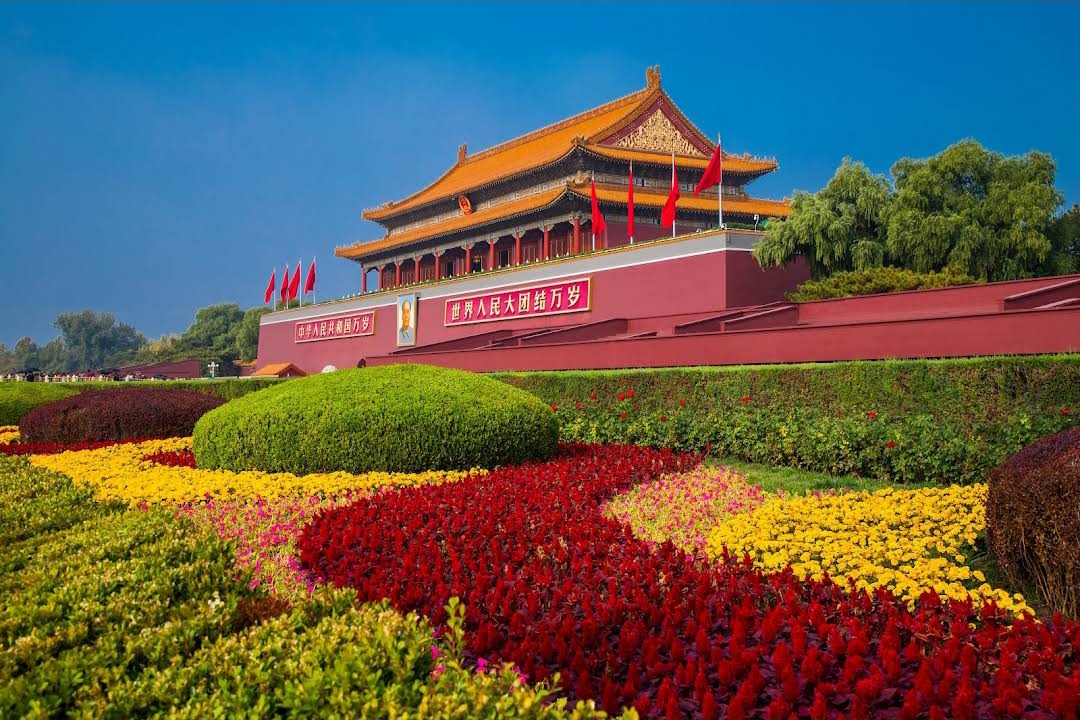
Tiananmen Square (Source: Google Maps)
Tiananmen Square, located in the heart of Beijing, is one of the world's largest public squares and a pivotal site in modern Chinese history. It is named after the Tiananmen Gate, which translates to 'Gate of Heavenly Peace.' This landmark has witnessed numerous significant events, including the May Fourth Movement in 1919, and the declaration of the People's Republic of China in 1949. The square is flanked by important buildings such as the Great Hall of the People, the National Museum of China, and the Monument to the People's Heroes. Its vast open space serves as a symbol of national pride, and it remains a focal point for political gatherings and celebrations. Visitors can also see the flag-raising ceremony at dawn, which is a daily event attracting many spectators.
Forbidden City
Just north of Tiananmen Square, explore the Forbidden City, a sprawling palace complex that served as the home of Chinese emperors for nearly 500 years.

Forbidden City (Source: Google Maps)
The Forbidden City, a UNESCO World Heritage Site, is a magnificent palace complex that served as the imperial palace for 24 emperors during the Ming and Qing dynasties. Spanning over 180 acres, it is the largest ancient palatial structure in the world, featuring nearly 1,000 buildings. Constructed between 1406 and 1420, the Forbidden City is renowned for its stunning architecture, characterized by traditional Chinese palatial style, with golden roofs, red walls, and intricate carvings. The complex was not only a residence for emperors but also the ceremonial and political center of Chinese government for centuries. Today, it houses the Palace Museum, showcasing an extensive collection of artifacts and artworks, including imperial treasures, calligraphy, and paintings, offering a glimpse into China's rich history and culture.
Jingshan Park
A short walk north of the Forbidden City, Jingshan Park offers a stunning hilltop view of the Forbidden City and a tranquil environment for reflection.
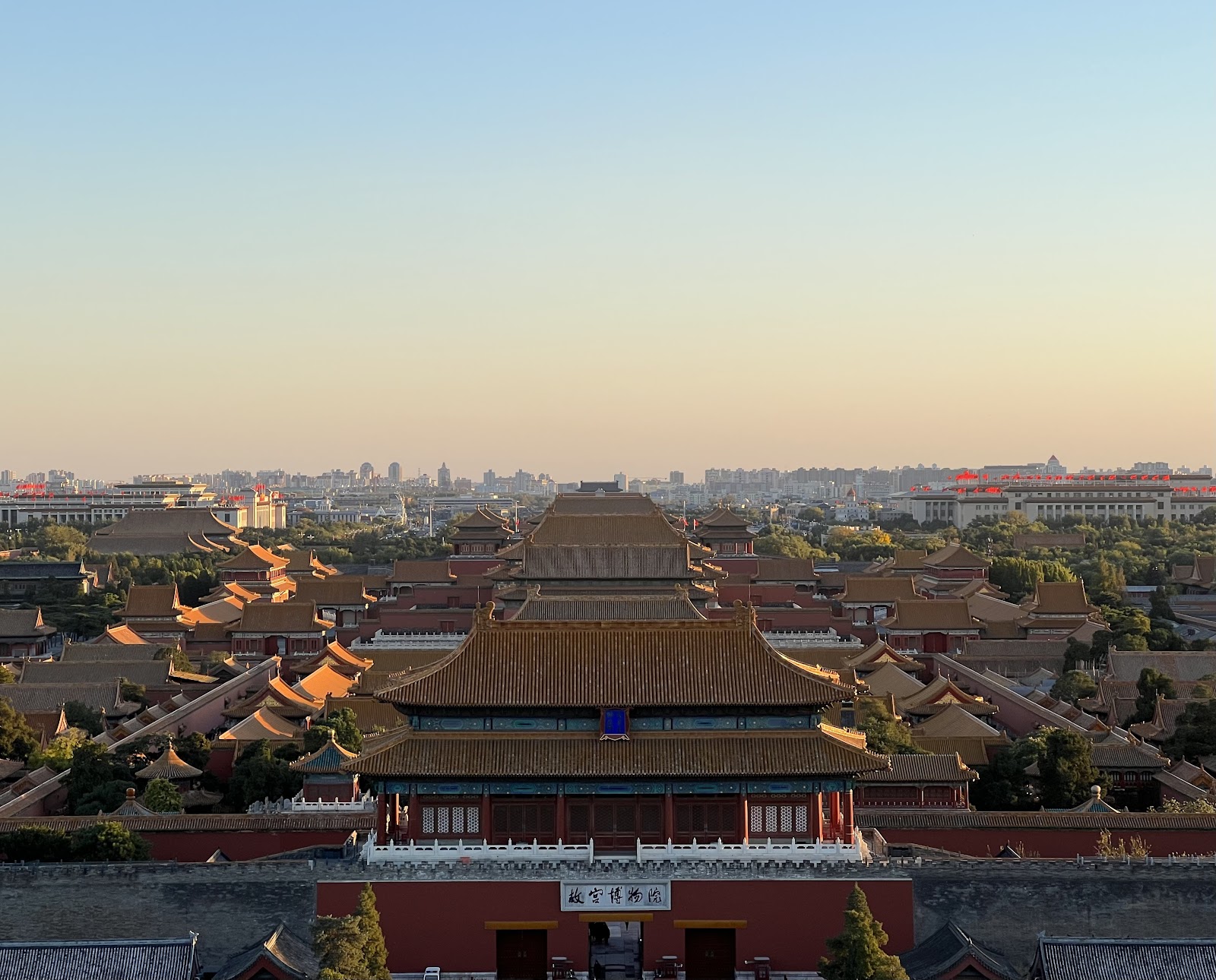
Jingshan Park (Source: Google Maps)
Jingshan Park, located just north of the Forbidden City, is a historic imperial garden that offers visitors a serene environment and panoramic views of Beijing. Originally part of the imperial palace grounds, this park was established during the Ming dynasty in the 15th century. The park features a central hill, which is an artificial mound created from the earth excavated during the construction of the Forbidden City. Standing at 45 meters high, the hill provides a breathtaking vantage point to see the sprawling palace complex below. The park is adorned with ancient cypress trees, charming pavilions, and beautiful walking paths, making it a popular spot for locals and tourists alike. It is also a cultural site, often visited for its historical significance and as a place for traditional activities such as tai chi and kite flying.
Beihai Park
Head west to Beihai Park, one of the oldest and most well-preserved imperial gardens in China, featuring beautiful lakes and historic structures.
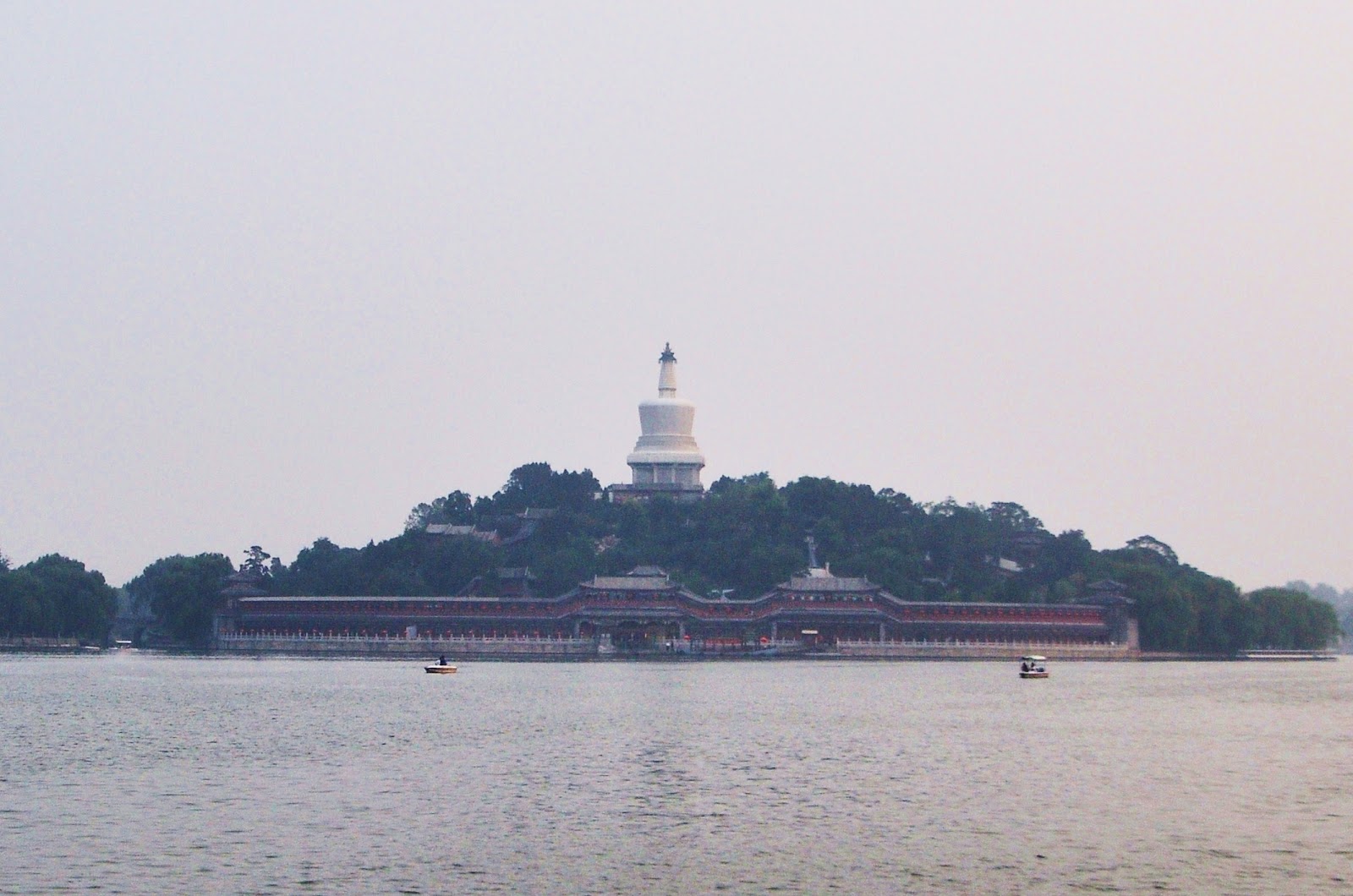
Beihai Park (Source: Google Maps)
Beihai Park, one of the oldest and most well-preserved imperial gardens in China, is a stunning oasis in the heart of Beijing. Dating back to the 11th century, this park has served various purposes throughout its history, including as a royal retreat and a place for leisure activities. The park features a large central lake, surrounded by lush greenery, ancient trees, and historical structures. One of its most notable features is the White Dagoba, a stupa built in 1651 that symbolizes Tibetan Buddhism. Visitors can enjoy serene boat rides on the lake, explore the winding pathways, and visit the numerous temples and pavilions scattered throughout the area. Beihai Park is not only a place of beauty but also a cultural treasure, reflecting the artistic and architectural achievements of different dynasties.
Prince Gong's Mansion
Just a short stroll away, visit Prince Gong's Mansion, a lavish Qing Dynasty residence that offers insight into the opulent lifestyle of the time.
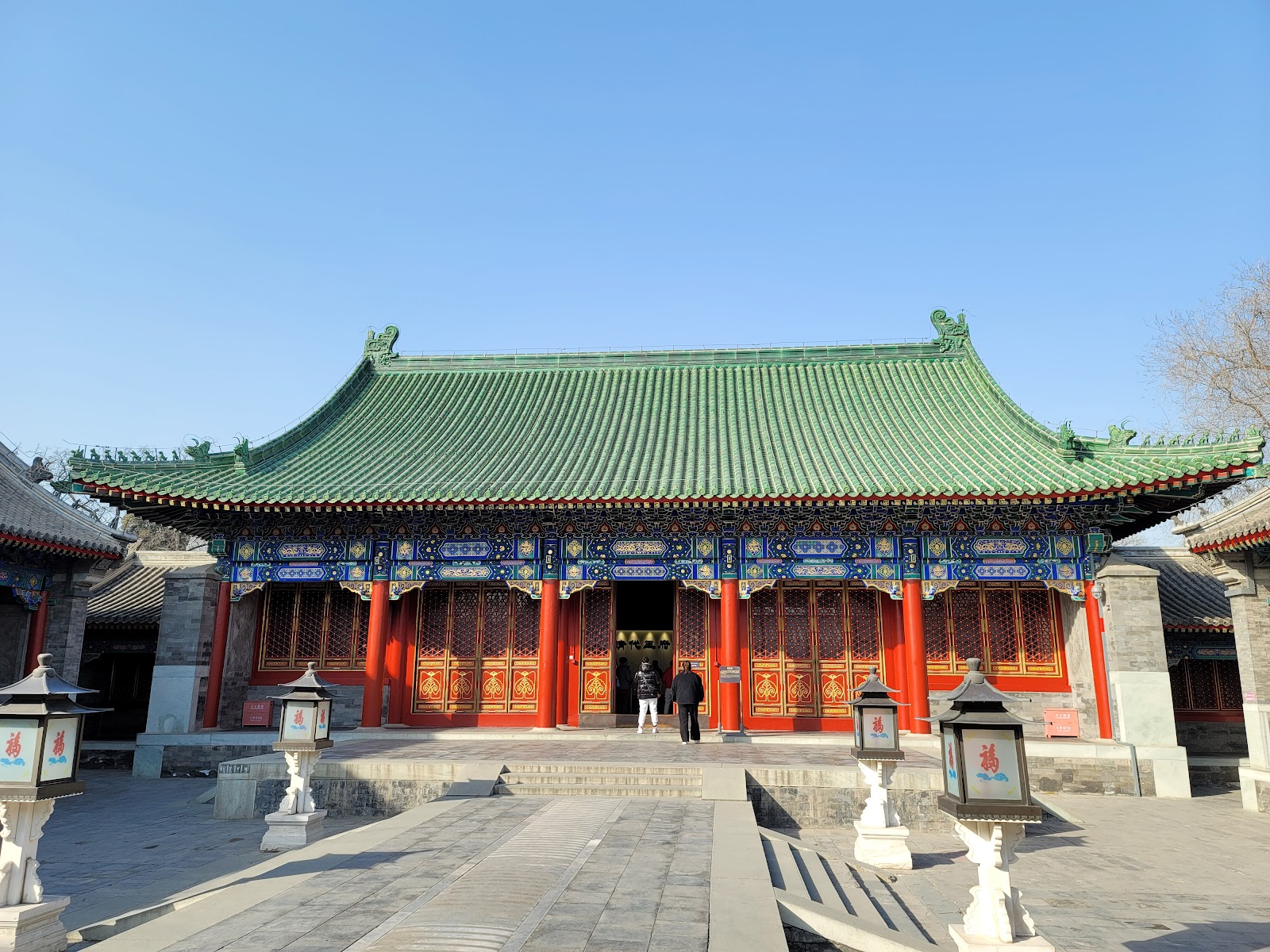
Prince Gong's Mansion (Source: Google Maps)
Prince Gong's Mansion, a splendid example of Qing Dynasty architecture, is a historical residence that offers a glimpse into the opulence of imperial life. Constructed in the 18th century, this mansion belonged to Prince Gong, a prominent figure during the Qing dynasty. The complex is renowned for its exquisite design, featuring traditional Chinese architectural elements, intricate wood carvings, and beautiful gardens. The layout of the mansion reflects the principles of feng shui, with harmonious arrangements of buildings, water features, and greenery. Visitors can explore various halls and courtyards, each showcasing the grandeur of royal life. The mansion also serves as a museum, displaying artifacts and exhibits related to the prince's life and the era, providing insights into the cultural and historical context of the time.
Shichahai Lakes
Continue northwest to the Shichahai Lakes area, known for its picturesque scenery, traditional hutongs, and vibrant local culture.
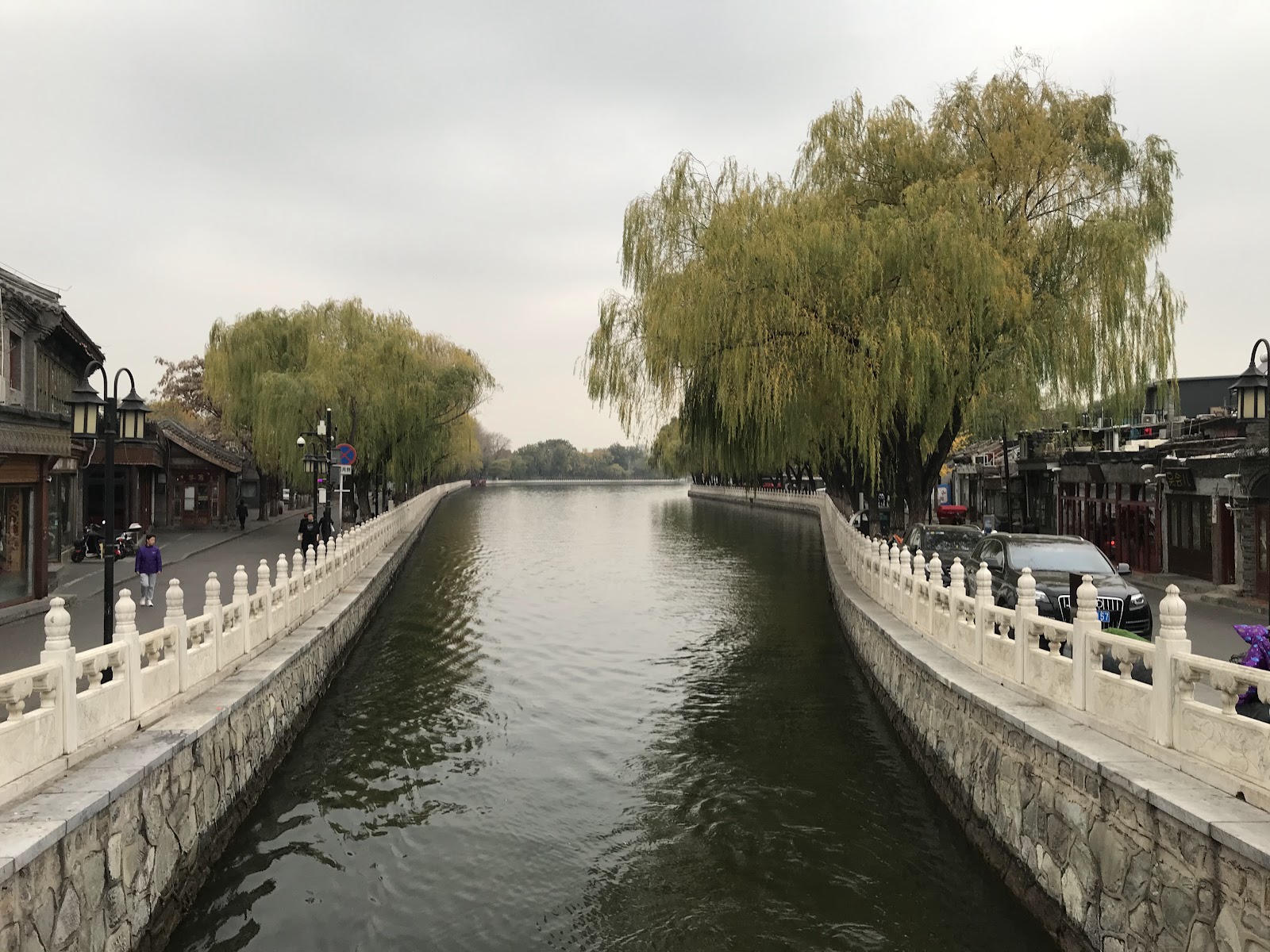
Shichahai Lakes (Source: Google Maps)
The Shichahai Lakes area is a picturesque destination that captures the essence of traditional Beijing. Comprising three interconnected lakes—Qianhai, Houhai, and Xihai—this area is surrounded by charming hutongs, or narrow alleys, that reflect the city's rich cultural heritage. Historically, Shichahai served as a royal retreat and a hub for commerce and leisure. Today, the lakes are popular for boating, dining, and enjoying the vibrant nightlife. Visitors can stroll along the scenic waterfront, explore the historic courtyard homes, and experience local culture in the numerous shops and eateries. The area is particularly lively during the evenings when the lakes are illuminated, and locals and tourists gather to enjoy the ambiance. Shichahai is a perfect blend of history, culture, and modernity, making it a must-visit destination in Beijing.
Drum Tower and Bell Tower
Head east to the Drum Tower and Bell Tower, two iconic structures that once served as the city's timekeepers and offer panoramic views of Beijing.
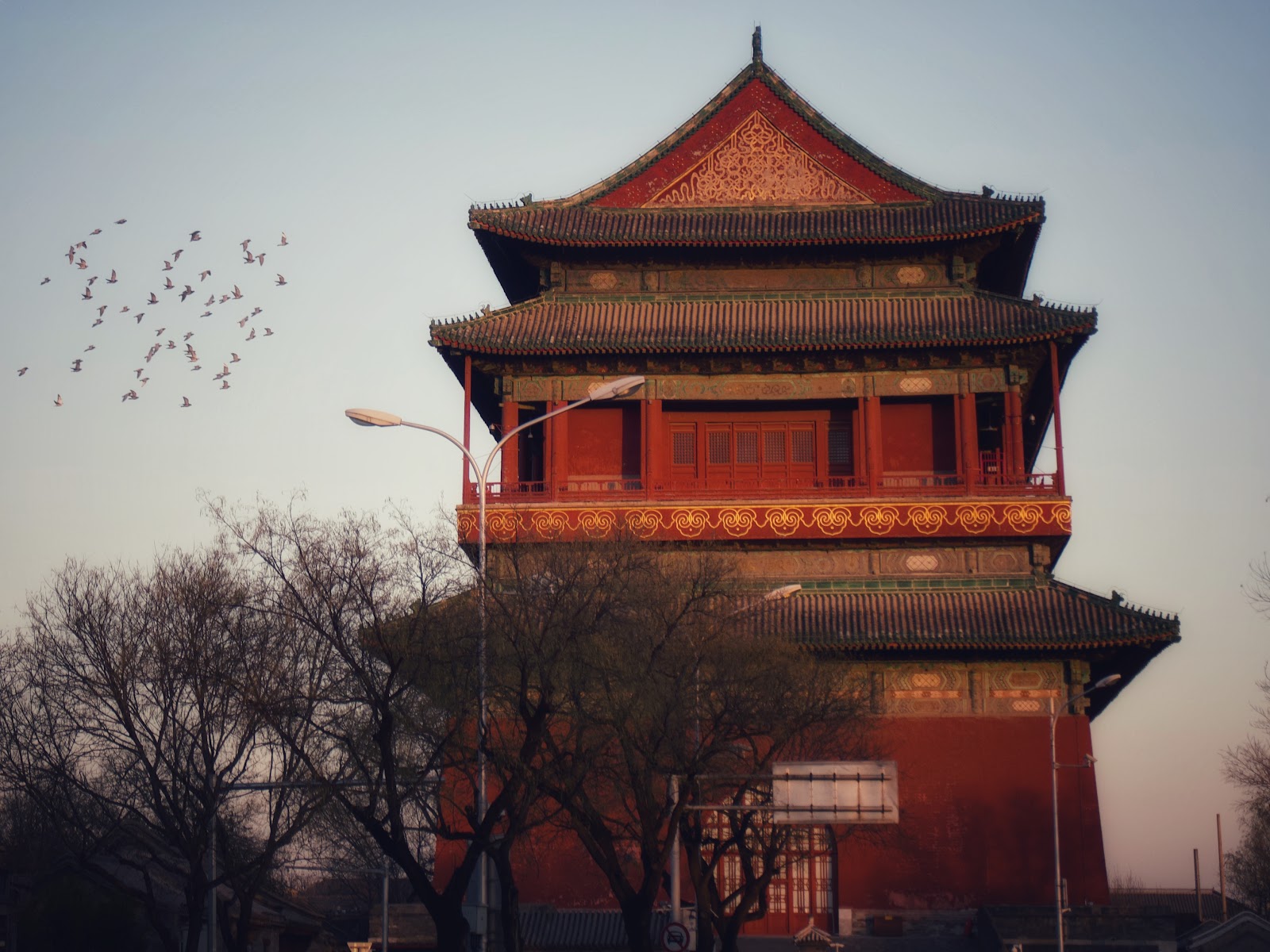
Drum Tower and Bell Tower (Source: Google Maps)
The Drum Tower and Bell Tower are iconic landmarks in Beijing, symbolizing the city's historical significance and architectural beauty. Built in the 13th century during the Yuan dynasty, these twin towers were once used to keep time; the Drum Tower marked the hours with drum beats, while the Bell Tower signaled the time with bell chimes. The Drum Tower stands at 47 meters tall and features a stunning display of ancient drums, while the Bell Tower, slightly taller at 50 meters, houses a massive bronze bell. Visitors can climb to the top of both towers for panoramic views of the surrounding area and appreciate the intricate wooden construction and traditional Chinese design elements. The towers are not only architectural marvels but also cultural sites, often hosting performances and cultural events that celebrate Beijing's rich heritage.
Nanluoguxiang
Walk south to Nanluoguxiang, a lively hutong lined with shops and eateries, perfect for experiencing Beijing's traditional alleyways and modern culture.
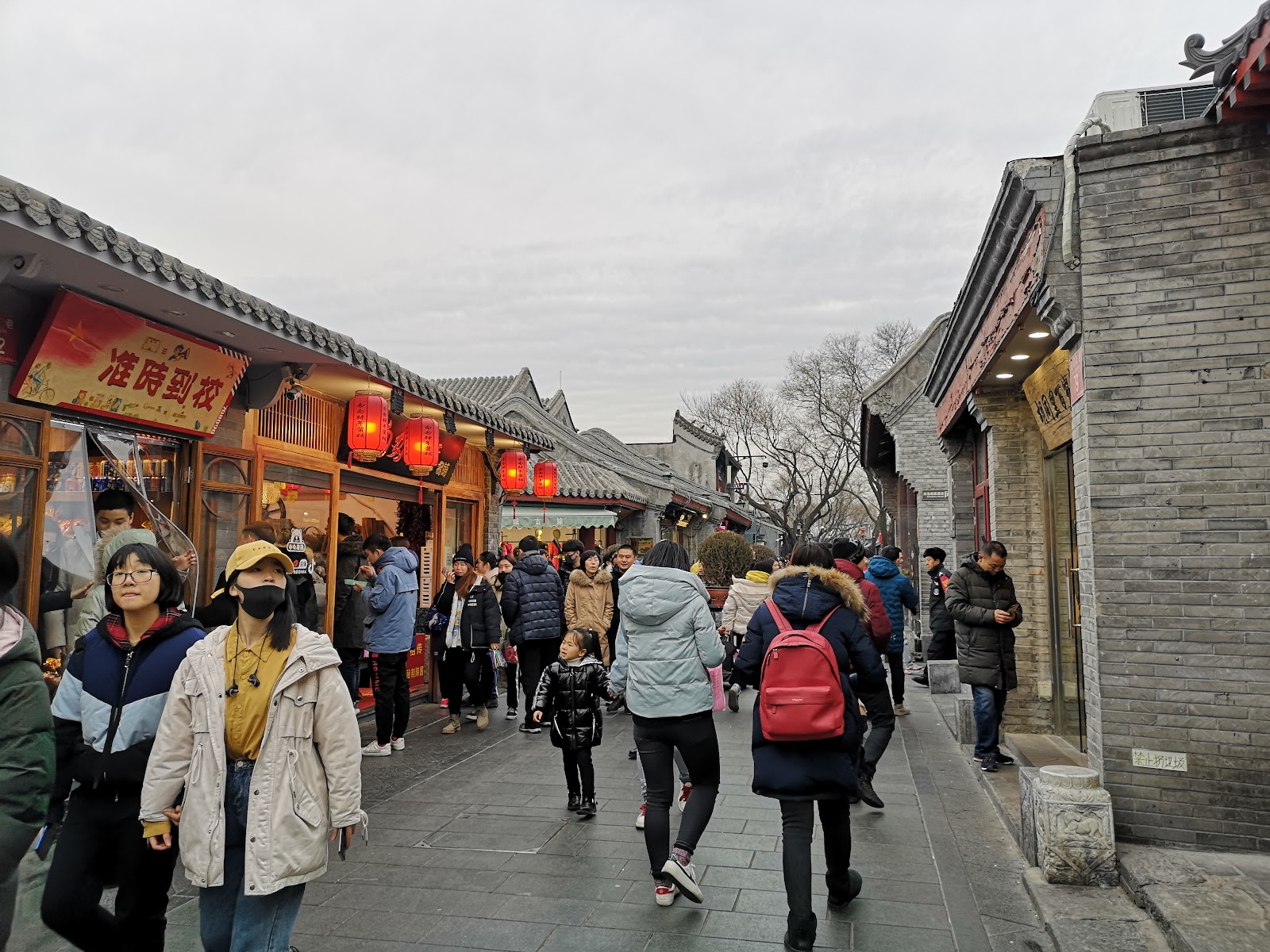
Nanluoguxiang (Source: Google Maps)
Nanluoguxiang is a historic hutong that showcases the vibrant blend of traditional and modern Beijing. Dating back to the Yuan dynasty, this narrow alleyway is lined with unique shops, cafes, and eateries, making it a popular destination for both locals and tourists. The architecture reflects the traditional courtyard style, with preserved buildings that tell the story of the city's past. Visitors can explore the diverse offerings, from artisanal crafts to trendy boutiques, and sample authentic Beijing snacks at local eateries. The lively atmosphere is enhanced by street performances and cultural events that often take place here. Nanluoguxiang represents the spirit of modern Beijing, where old meets new, making it an ideal spot for experiencing the city's dynamic culture and lively social scene.
Yonghe Temple (Lama Temple)
Conclude your tour at the Yonghe Temple, a renowned Tibetan Buddhist temple known for its stunning architecture and spiritual ambiance.
-AXQCQNTThqN6f57tRbsovAsRjWrmloz844oSoAjxjtSE6Xw0lrc0-kBd8Ia3fyWYQ0ZiM2YrwBSV5dYinBpHx4hH4bkgU5abzA43ZA0eHh73QFkMhRNfrWyj9pc76ZmHBjJL-g0Sbxrw3dMSaPGNDATyhkSgEaTxiRZVrpb3bpB9wEhQoBQew19kQfPg6F00fA7kqhGRcEYnH1ZoHaxT8QA71YS_WJaZlPSCQcXN3FLd0qsqjGrdj-TQRd6KLL8Gua78-6sKzEnHYJKF0KOR5U0voAUk1AMK2wzUB9r0Pr5payz4RPEm7gh6FI1HuxsrZn1Yo4rfiuvK1P2xP2PcKmlo63dzssX_uG1FudjScojZXJ3xaW6RkWCJtu59_tF6hrCMmZCuUNaoyLidR9IGS0ii8Zrhj3QvZgb1TMKap3xVR-DuKCnjdokmuUrYBRWWcwxiBKQ_oaoBmJHEPPPnx3LdK3mpT5YWtHK-Mn1i3Lfpdp8kCldXTlhN-12wKIxHKsGX__Sd4iboB9HH21vn-nkzINu6RwjlXDzosNIV-tLBlGhJbyUTBhxYuTd2mS6TSd0aa81mA2mIsSHxWe-_mBatx3S1xL9ocaHQGCMgiJdu9F94qEykmwE8M2pjiaZTjBrd.jpg)
Yonghe Temple (Lama Temple) (Source: Google Maps)
Yonghe Temple, also known as the Lama Temple, is one of the most significant Tibetan Buddhist temples outside Tibet. Built in the 17th century, this temple complex is a masterpiece of traditional Chinese architecture, featuring ornate decorations, vibrant colors, and intricate carvings. The temple is renowned for its impressive statues, including a stunning 18-meter tall Maitreya Buddha carved from a single piece of sandalwood. Visitors can explore the tranquil courtyards, prayer halls, and beautifully landscaped gardens, immersing themselves in the spiritual ambiance. Yonghe Temple is not only a place of worship but also a cultural hub, attracting both pilgrims and tourists interested in Buddhism and Chinese culture. The temple's rich history and architectural beauty make it a must-visit for anyone seeking to understand the spiritual heritage of Beijing.

Your travels, your rules.
Create your own Free Walking Tours.
Set your preferences, distances and anything you want to do or see.
Completely free, no payment required.